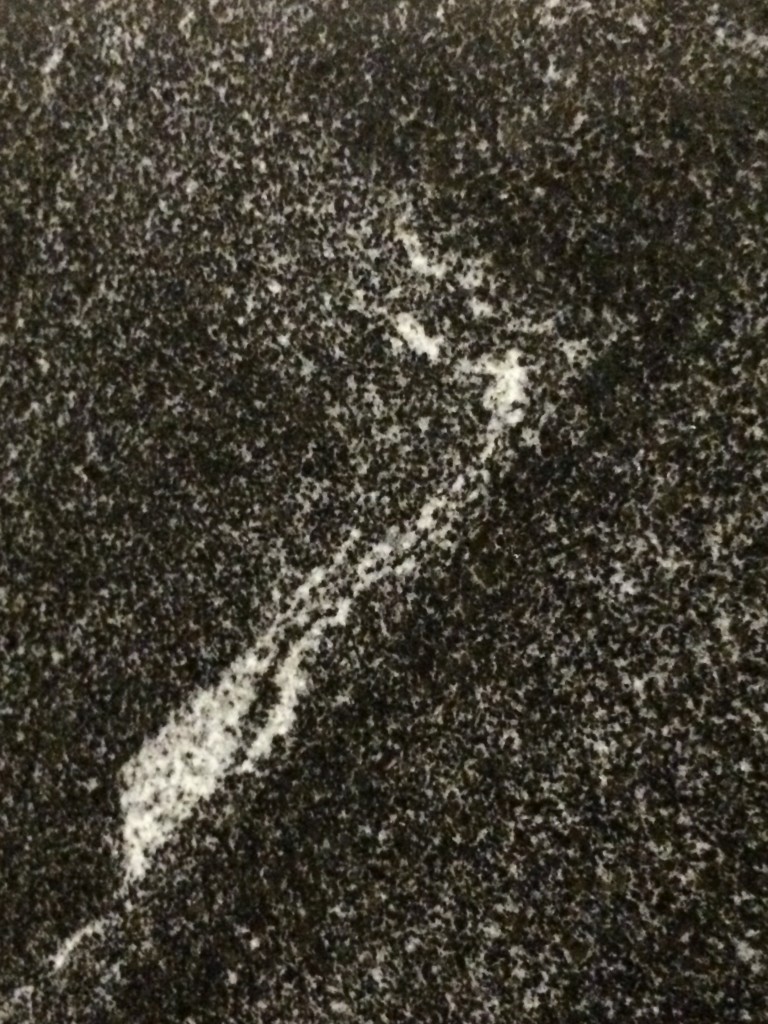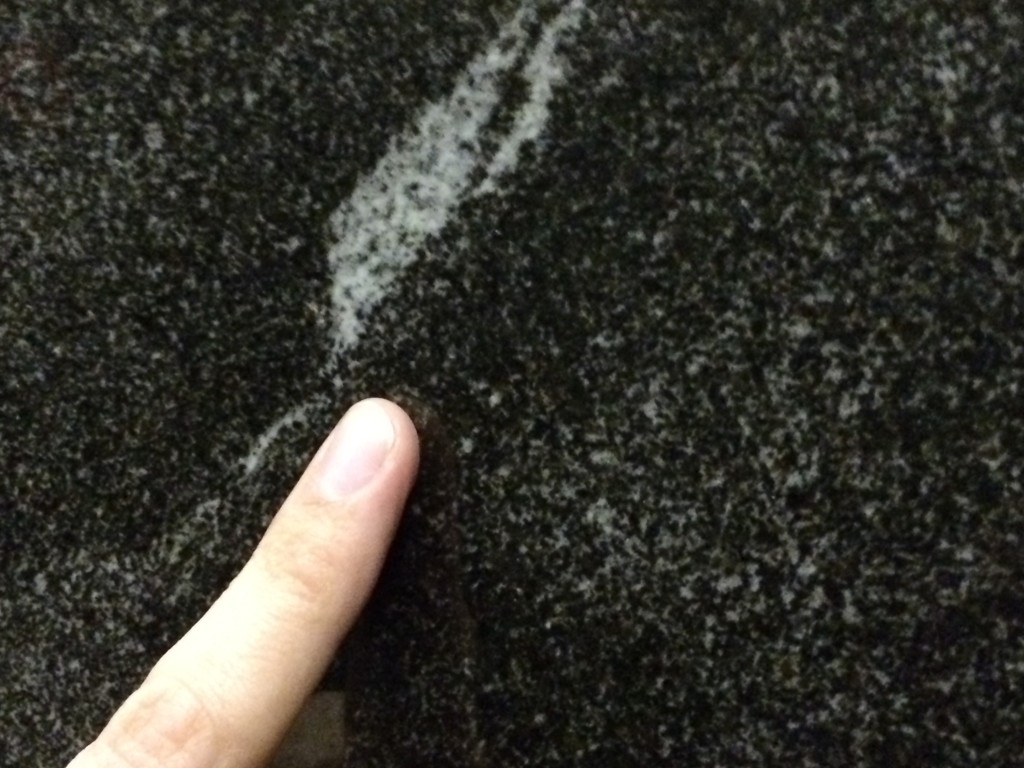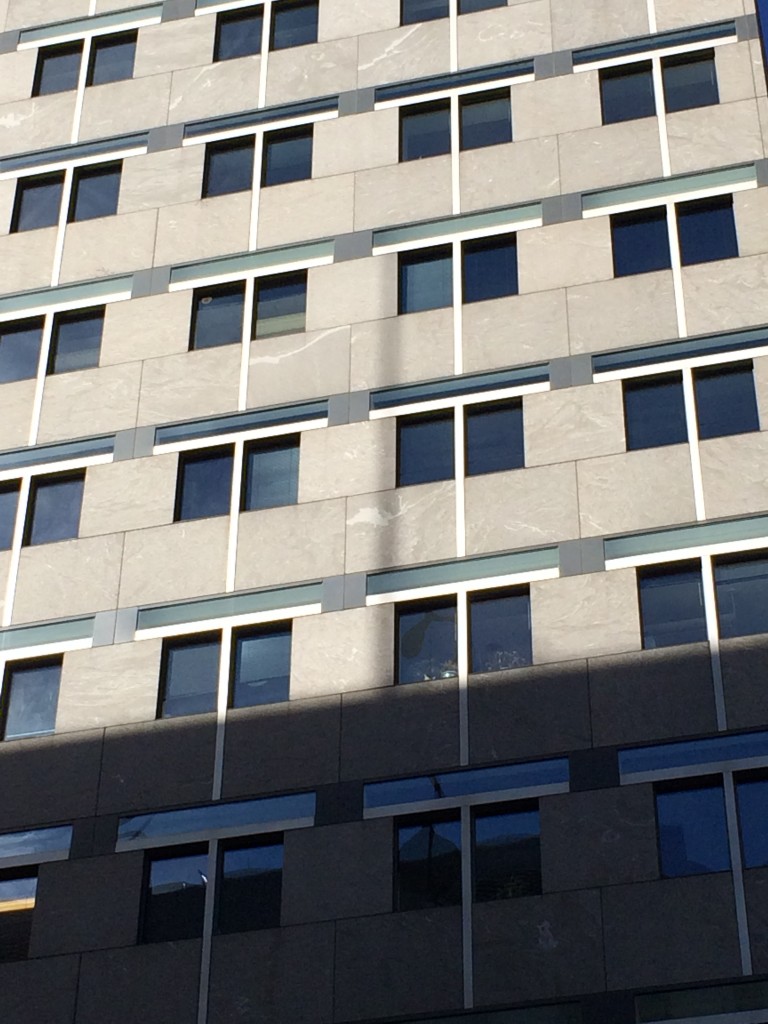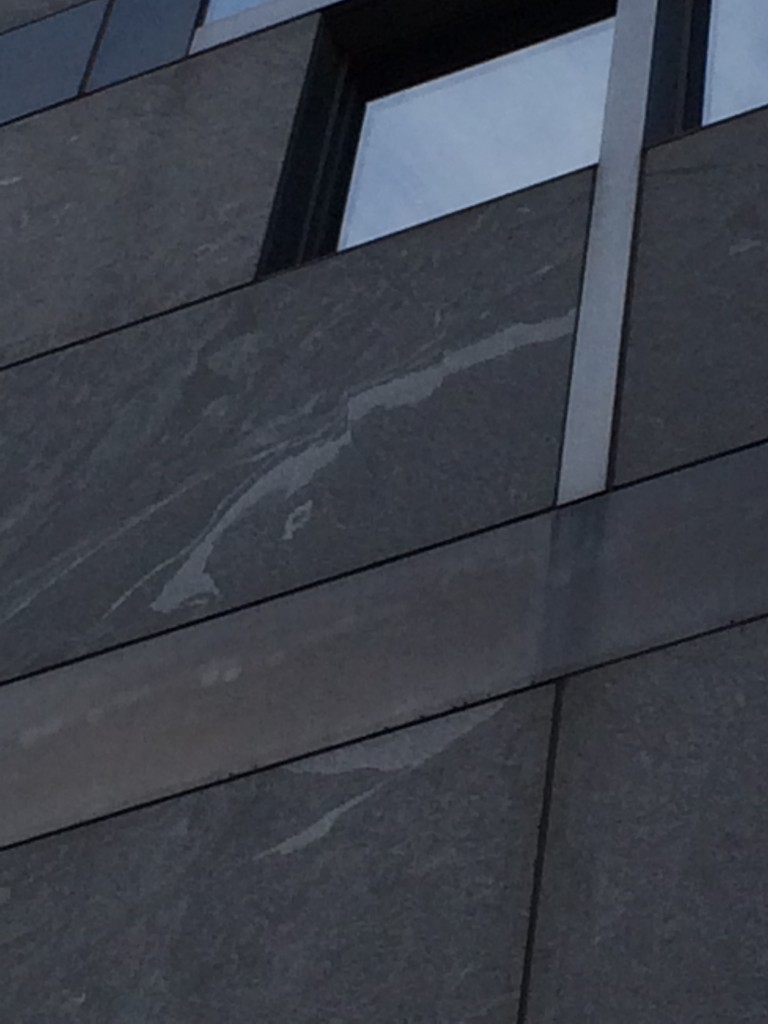15 November 2013
Building DC: American Association for the Advancement of Science (AAAS)
Posted by Jessica Ball
Washington D.C. is a wonderful place if you’re a geologist. Not only is it a city with a fascinating landscape history (the National Mall used to have a canal running down the middle, and before that the Tiber River and swampland took up the famous space so many tourists come to see), it’s full of rocks. But they aren’t all natural outcrops – some are what we might call man-made outcrops. Buildings!
Buildings in D.C. can range from stodgy, boring and just plain ugly (the FBI Headquarters, for example) to beautiful examples of neoclassical architecture. But even the simplest buildings are often faced with stunning examples of quarried stone, which makes my walks around town a pleasure as well as good exercise. (In many cases, it’s not only the outside of the building but the insides as well that feature beautiful rock.) So now that I’m based at the Geological Society of America’s D.C. headquarters, I thought I’d start chronicling the stones I see as I go about my policy-related duties.
A great place to start, particularly since I’m being lazy today, is the American Association for the Advancement of Science’s (AAAS) building on 12th Street, where I work. The building itself, according to the architects’ website, was completed in 1996 and has a number of design features meant to reduce energy use (it was awarded the first gold LEED certification in the city by the United States Green Building Council in 2009). But it’s a very pretty building in addition to being environmentally friendly, and that’s because of the striking black (well, dark grey) facing stone.
The stone is actually used in the elevators as well as on the outside of the building, so I was able to get a picture of the rough surfaces outside as well as a nicely polished slab:
To me, this looks like a diorite (an igneous rock type containing crystals of black hornblende and white plagioclase feldspar with possibly some quartz). Diorites are intermediate (between mafic and felsic) in composition, which means that if they had erupted as lava instead of cooling beneath the surface of the Earth as intrusives, they would be andesites. According to Andrew Alden’s definition, true diorites are rare, so this one may be a quartz diorite or a monzonite, but there is definitely quite a large population of hornblende crystals in there. Intrusive rocks like this are often found in volcanic arc or cordilleran mountain-building settings, where large magma chambers cooled without erupting all of their contents.
The white streaks of concentrated plagioclase (and possibly quartz) crystals are visible throughout, indicating that some sort of mineral segregation was going on in the magma chamber.
Here’s one where there’s a little bit of faulting going on:
Unfortunately, I wasn’t able to find out anything about where the stone was quarried, but big slabs like this probably came from somewhere in the western United States (the only diorite quarries I could find in the eastern US all seem to deal in ‘crushed/broken’ rock). I’ll have to do some asking around the office to find out if anyone knows the origins!







 Jessica Ball is a volcanologist at the U.S. Geological Survey, researching volcanic hydrothermal systems and stability, and doing science communication for the California Volcano Observatory. She previously worked at the Geological Society of America's Washington DC Policy Office, learning about the intersection of Earth science and legislative affairs. Her Mendenhall postdoc and PhD focused on how water affects the stability of volcanoes, and involved both field investigations and numerical modeling applications. Her blogging covers a range of topics, from her experiences in academic geosciences to science outreach and communication to her field and lab work in volcanology.
Jessica Ball is a volcanologist at the U.S. Geological Survey, researching volcanic hydrothermal systems and stability, and doing science communication for the California Volcano Observatory. She previously worked at the Geological Society of America's Washington DC Policy Office, learning about the intersection of Earth science and legislative affairs. Her Mendenhall postdoc and PhD focused on how water affects the stability of volcanoes, and involved both field investigations and numerical modeling applications. Her blogging covers a range of topics, from her experiences in academic geosciences to science outreach and communication to her field and lab work in volcanology.
Interesting. That “minifault” may be a result of slow creep, or the strain of folding